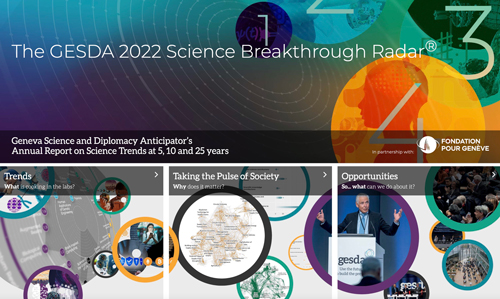Machine-learning, data policies, and social media platforms are already adding complexity to the conflict zone, and conventional technologies are being continuously enhanced by digital capabilities and computer systems. In the future, nanotechnologies could upend international policies. Exposed health data could put individuals at risk from precision-engineered pathogens. Governments require a much deeper expertise to respond to unconventional threats. Ultimately, reliance on non-state actors, large global tech companies, and informal citizen groups to engage in direct political actions may be a standard part of conflict and intervention, but we cannot wait until tomorrow to assess the boundaries of this transformation.
- What are the best diplomatic approaches to such destabilising forces?
- How can governments and societies move forward and address this ideological change in the boundaries of conflict?
“With growing cyber involvement in conflicts and the weaponization of data, the line between direct and indirect participation in conflicts is becoming blurred.
”
“The range of involvement includes tech platforms that are used to raise volunteers and money for fighting or a multibillionaire tech mogul whose donations can upend the geopolitical balance.
”
“A growing number of cyberinfluence operations are vying to control the information space, which is as much about sovereignty today as it is about influencing populations or the narrative.
”
“The weaponization of nanomaterials through neurological and biological applications is another complication. The combination of artificial intelligence, nanotechnology and biotechnology can be used to create unmanned intelligent robotic systems.
”
“Micro-targeting on popular platforms like Facebook also can track users throughout the internet.
”
“The rise, fall and continuing threat of the Islamic State militant group over the past decade show how digital technologies began proliferating in warfare at a rate that outpaced governments’ ability to counter them.
”
“Technology and digitalization are most often viewed from an economic and trade standpoint in Southeast Asia but are also being exploited for intelligence gathering and geopolitical concerns.
”
“Cyber weaponization used against civilians and civilian infrastructure, and the unwilling involvement of tech companies, raises questions about enforcing the Geneva Conventions, the 20th-century treaties that govern the rules of war and military occupation.
”
“Disinformation and hate speech can erode the trust on which humanitarian organizations depend.
”
“Consensus-building and a focus on realistic possibilities are needed to counter the challenges of a fragmented and highly divided world.
”
More information
